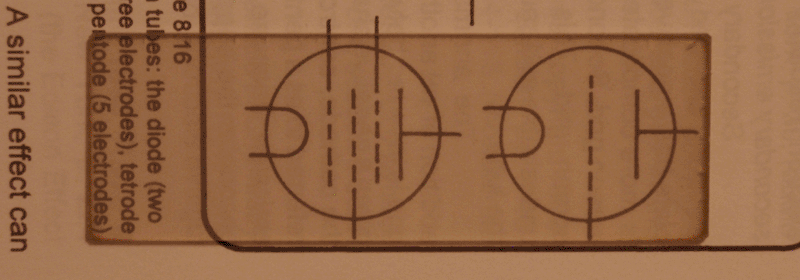
After over fifty attempts to improve the zinc oxide glass, I realized that the material's inherent softness created a number of problems that are difficult to solve on a home lab scale. Primarily, the oxide must be deposited continuously, otherwise each new layer will destroy the previous layer. On its own this would be easily solvable, but continuous deposition on soda lime glass is nearly impossible without causing cracks due to thermal shock, or bringing the surface temperature below the decomposition point of the precursor. I was occasionally able to make glass with a sheet resistance as low as 500 ohms per square, but it was fairly opaque and severely cracked due to the above issues. Other problems caused by the softness of zinc oxide included poor mechanical durability, and detachment from the substrate under certain chemical conditions.
At this point, I decided to try a different approach. Tin dioxide (SnO2) was used as one of the earliest types of conductive glass, and a few people have documented its production via a simple vapor deposition process. The results of this process appear to be quite non-uniform however, and the process wastes a fair amount of glass in the melt area. I decided instead to deposit the tin oxide by spray pyrolysis, since I was familiar with the procedure and anticipated higher quality results.
The precursor solution for this glass was simple. I made a 0.5M solution of stannous chloride by adding 3.4g of tin (II) chloride dihydrate to 30mL of distilled water, with a few drops of hydrochloric acid added after to dissolve any tin hydroxide that formed. This was then deposited on a hot microscope slide in short bursts with an airbrush, with 10 seconds between each burst to allow the slide to come back up to temperature. Since I used a camp stove as my heat source, temperature regulation was poor, but the slide stayed at roughly 400°C throughout the deposition process. The earlier aluminum hot plate I used had also been replaced by a 6 by 6 by 3/8 inch graphite block, since the aluminum tended to warp and sag at high temperatures. Graphite, on the other hand, can be lapped perfectly flat with sandpaper and plate glass, and will not change shape at all as it heats up, allowing it to make perfect contact with the glass being heated.
Once I had deposited all of the precursor solution, I turned off the stove burner and let the entire apparatus cool over the course of a half hour. I then removed the slide and tested its electrical characteristics. With probes spaced one inch apart, my multimeter read 330 ohms. I then measured the sheet resistance to be 100 ohms per square. This is spectacular, far exceeding anything I achieved with zinc oxide. That said, I plan to continue improving this type of glass by experimenting with different solvents and dopants. If I can manage to reduce the opacity, as well as lower the sheet resistance by an order of magnitude, this glass will be on par with commercial products.